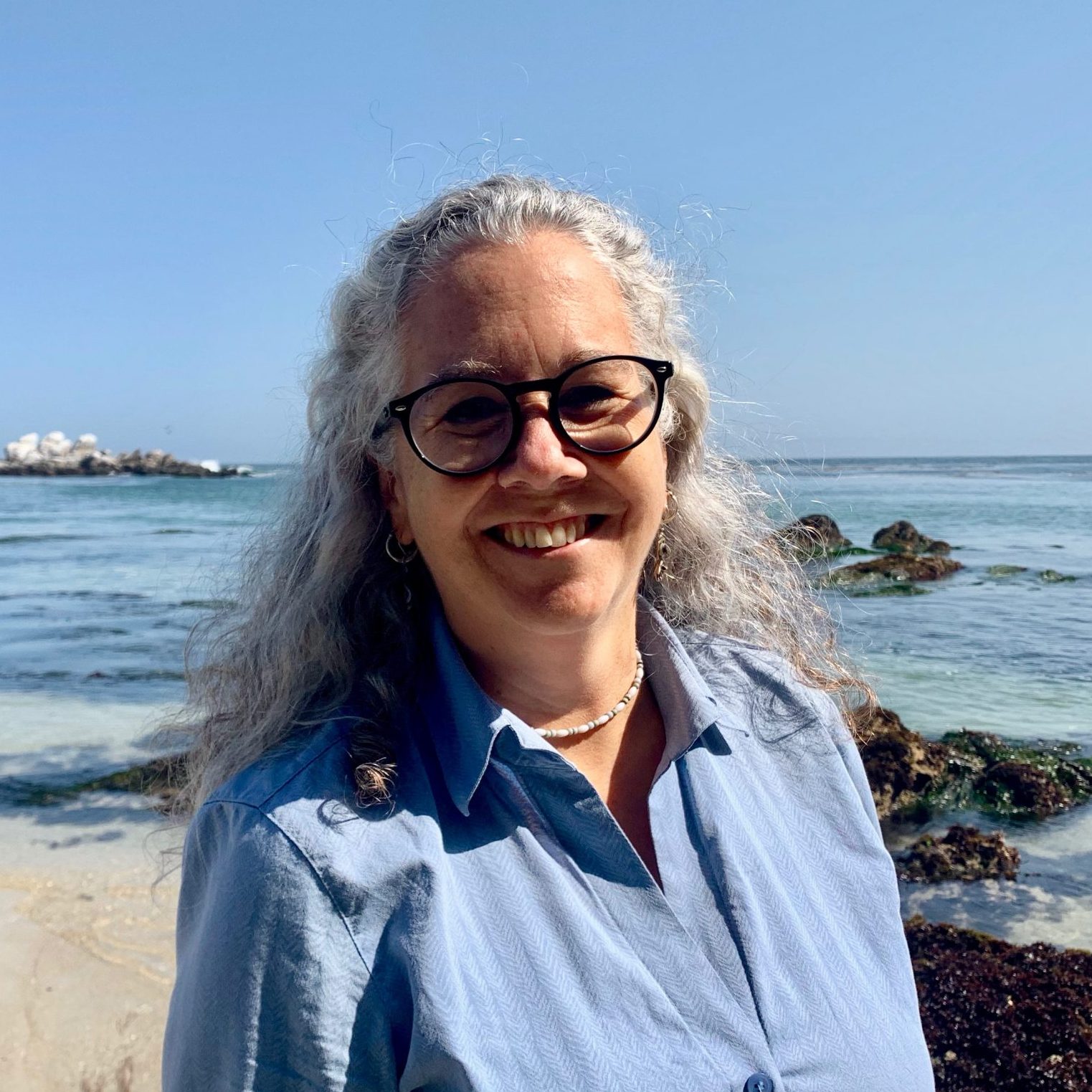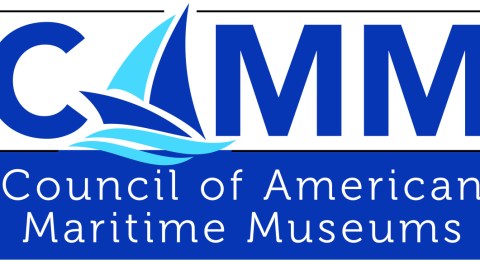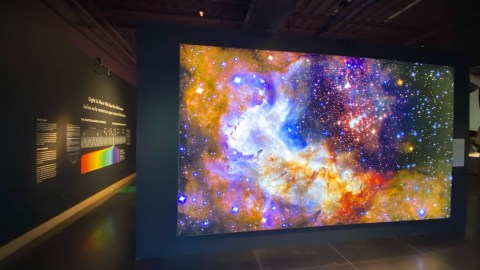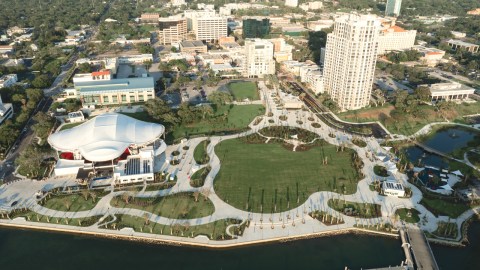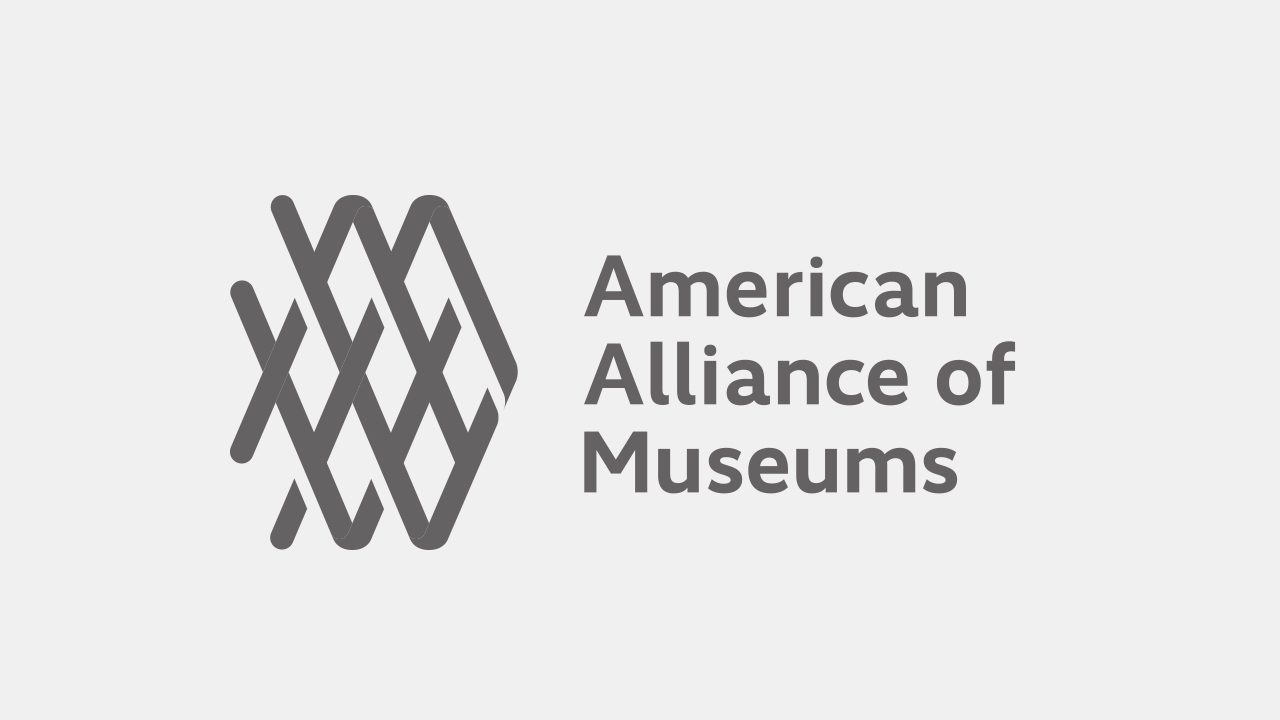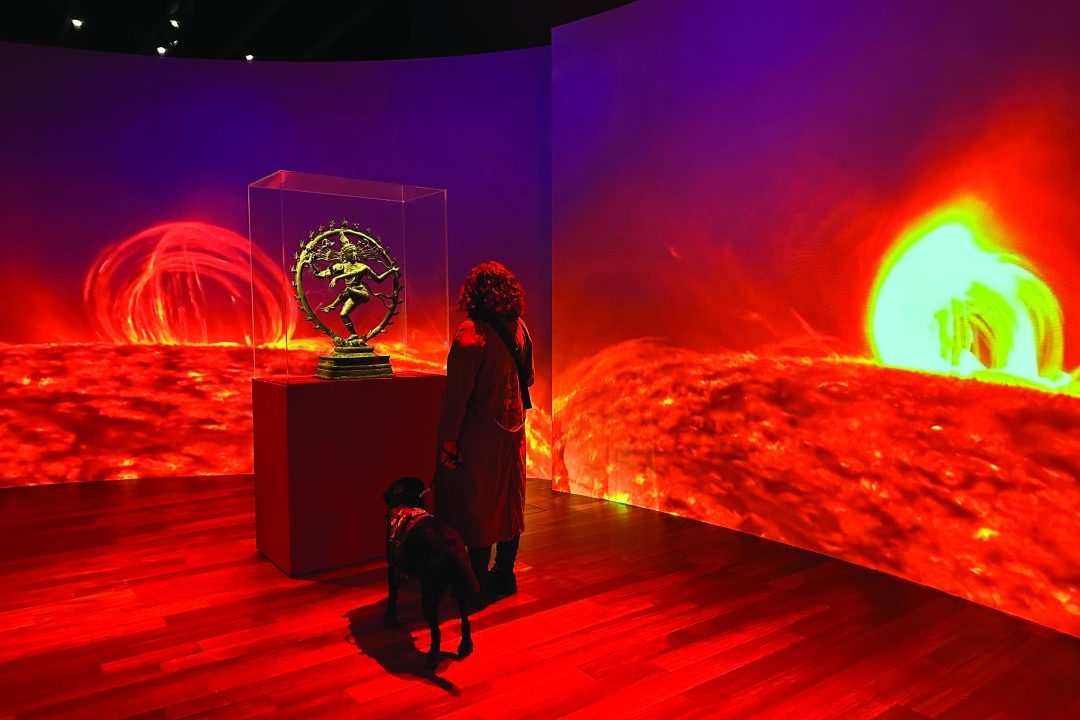
Are museums really meeting the needs of the neurodiverse community?
This article originally appeared in Museum magazine’s March/April 2025 issue, a benefit of AAM membership.
Over the past 20 years, museums have gradually expanded their offerings for the neurodiverse community, particularly focusing on those with autism and sensory processing challenges. Art, science, history, natural history, and children’s museums as well as zoos, aquariums, and botanic gardens have developed and continue to provide engaging programming for children who are on the autism spectrum and their parents and caregivers.
These offerings include sensory days, sensory-friendly mornings, autism-friendly camps, visual vocabulary signage, check-out sensory bags to help with sensory overload, social stories and narratives to highlight what’s to come in a museum experience, and autism-friendly programs. Some organizations have even implemented KultureCity, a Sensory Inclusive Certification, and have trained staff on the Sunflower program, which allows individuals to easily and voluntarily share that they have a disability or condition that may not be immediately apparent. Articles, research grants, books and book chapters, and conference sessions continue to share the ins and outs of this work.
This is good progress, but these programs, tools, and information are only addressing a small portion of the neurodiverse community: kids with autism and sensory-processing diagnoses and their caregivers. What about the teenagers and adults who have aged out of this programming? What about the people with different neurodiversity diagnoses? And what about museum staff? Are we giving them the accommodations they need to excel in our organizations?
Expanded Offerings Needed
At the 2015 AAM annual conference in Atlanta, Georgia, I attended a session where four people from well-known museums talked about their programs for children with autism and their parents/caregivers. During the Q&A, I said something along the lines of, “My oldest daughter, who is 15, is on the spectrum. What are you offering for those who are teens and adults? Kids with autism grow up to be adults with autism.” The panel was silent. So was the room.
Sadly, nearly 10 years later, programming for neurodiverse visitors still hasn’t grown much. Some museums, such as the Intrepid Museum, are expanding their sensory-friendly offerings to teens and adults, but they are still outliers.
I’m also frustrated by the fact that museums are only addressing two of the neurodiversity diagnoses—autism and sensory processing. Neurodiversity refers to the natural variations in how people’s brains work; there is no one “right” way of thinking, learning, and behaving. These differences should not be viewed as deficits. Individuals with ADHD, autism, dyspraxia, OCD, anxiety, and dyslexia fall within the spectrum of neurodiversity, as do individuals with Tourette’s Syndrome and dyscalculia. Worldwide today, 15–20 percent of the world’s population is neurodiverse.
So how are museums welcoming visitors with ADHD, anxiety, OCD, dyslexia, etc.? Visiting museums, zoos, or aquariums on my own or with my adult daughters is challenging. We all have multiple neurodiversity diagnoses. The loud noise, crowds, changes in light, and activity levels often overwhelm our brains and bodies. Usually, we can’t find a quiet place to sit and recenter ourselves, so we leave sooner than we want. This is unfortunate and frustrating for us as museum lovers, especially when we have paid high admission fees. We feel like we are not welcome and we don’t belong—all because we process information differently.
Addressing Neurodivergence in Our Organizations
Then there is the question of whether museums are supporting staff who may be neurodiverse. I often hear about this issue from colleagues at institutions across the country. Sadly, few best practices have surfaced.
Since COVID, working at home has helped some of my colleagues who are neurodiverse, but this can also lead to isolation. For those working on-site, open cubicles can be a challenge for employees with anxiety, sensory processing challenges, and/or ADHD.
At a previous job, a staff member of mine with ADHD struggled to focus in an open office environment due to the constant activity and conversations around them. Despite these challenges, they were still expected to complete their tasks and contribute to online meetings. The staff member went through the appropriate work channels to request better headphones, but after trying five different pairs, the problem persisted. When I learned about this situation, I purchased them a high-end pair of earbuds with active noise cancellation and a built-in microphone. Those earbuds solved the problem—so why weren’t effective accommodations provided earlier?
If we can’t address the needs of our own neurodiverse staff, how are we going to meet the needs of our neurodiverse visitors? In both cases, I feel that a majority, though not all, of the field is being reactive rather than proactive. We need to create safe spaces for individuals to share their needs and challenges so they can get the accommodations they require to be successful.
Many of my friends and colleagues say this isn’t happening because of societal taboos about mental health and neurodiverse diagnoses. I know two C-suite colleagues—one has anxiety and the other is bipolar—who will not share this information with their organizations. They are afraid of the stigma their leadership, staff, and peers will place on them. This is a problem I’ve experienced. When I published Welcoming Museum Visitors with Unapparent Disabilities, two museum professionals told me that I had made a huge mistake sharing my unapparent disabilities with the field. They both said I would never get a job again.
To truly embrace diversity, equity, inclusion, and accessibility work, museums must create safe spaces for dialogue, address the needs of neurodiverse staff and visitors proactively, and challenge persistent societal taboos around mental health and neurodivergence. By doing so, we can better serve our communities and create environments where all individuals feel they belong.
Beth Redmond-Jones is the Director of Campus Planning and Development at the Oregon Zoo and is the editor and contributing author of Welcoming Museum Visitors with Unapparent Disabilities published by AAM. She is also neurodiverse, having dyslexia and ADHD. Opinions expressed in this article are those of the author. Reach her at beth.redmond-jones@oregonzoo.org.
Sidebar
Know Your Terms
The following definitions come from Merriam-Webster.
Neurodiverse (adjective): having or relating to brain function that is not neurotypical
Neurotypical (adjective): not affected with a disorder or condition (such as autism spectrum disorder, attention deficit hyperactivity disorder, dyslexia, or obsessive-compulsive disorder) that impacts the way the brain processes information: exhibiting or characteristic of typical neurological development
Neurodiversity (noun): 1. individual differences in brain functioning regarded as normal variations within the human population 2. the concept that differences in brain functioning within the human population are normal, that brain functioning that is not neurotypical should not be stigmatized, and that people with neurodivergent brain functioning should not be excluded from groups, organizations, etc.
Neurodivergent (adjective): having or relating to a disorder or condition (such as autism spectrum disorder, attention deficit hyperactivity disorder, dyslexia, or obsessive-compulsive disorder) that impacts the way the brain processes information: exhibiting or characteristic of variations in typical neurological development
Prevalence of an Autism Spectrum Disorder in US Children, 2000–2020
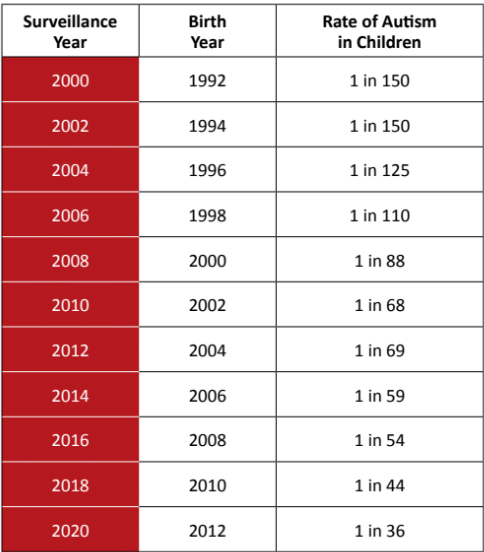
Resources
History of the Diagnostic and Statistical Manual of Mental Disorders (DSM)
Welcoming Museum Visitors with Unapparent Disabilities
Museum Arts Culture Access Consortium (MAC)
Zoos and Aquariums for a Neurodiverse Ecosystem (ZANE)
Modeling Zoos and Aquariums as Inclusive Communities of Science (MoZAICS) Project
